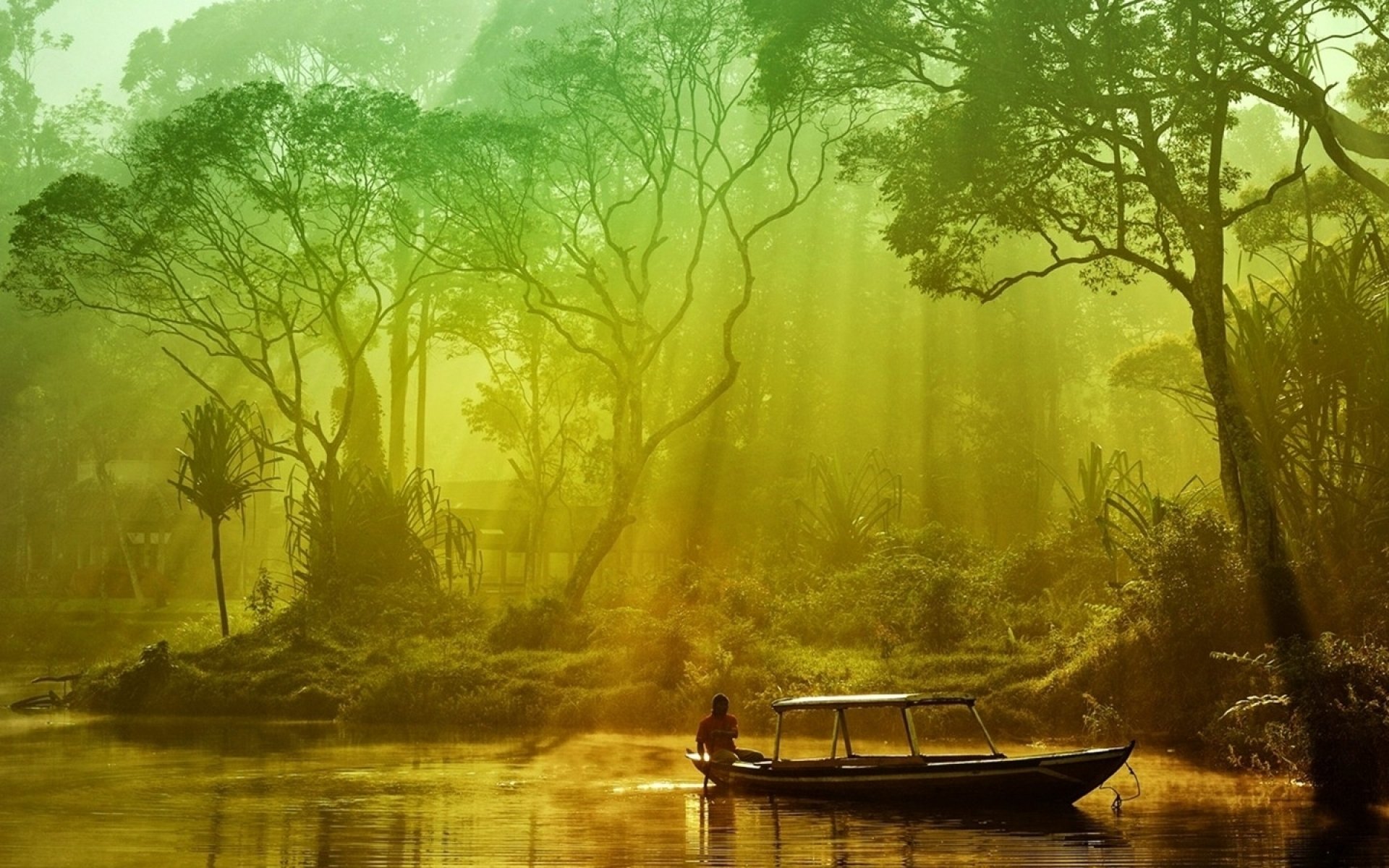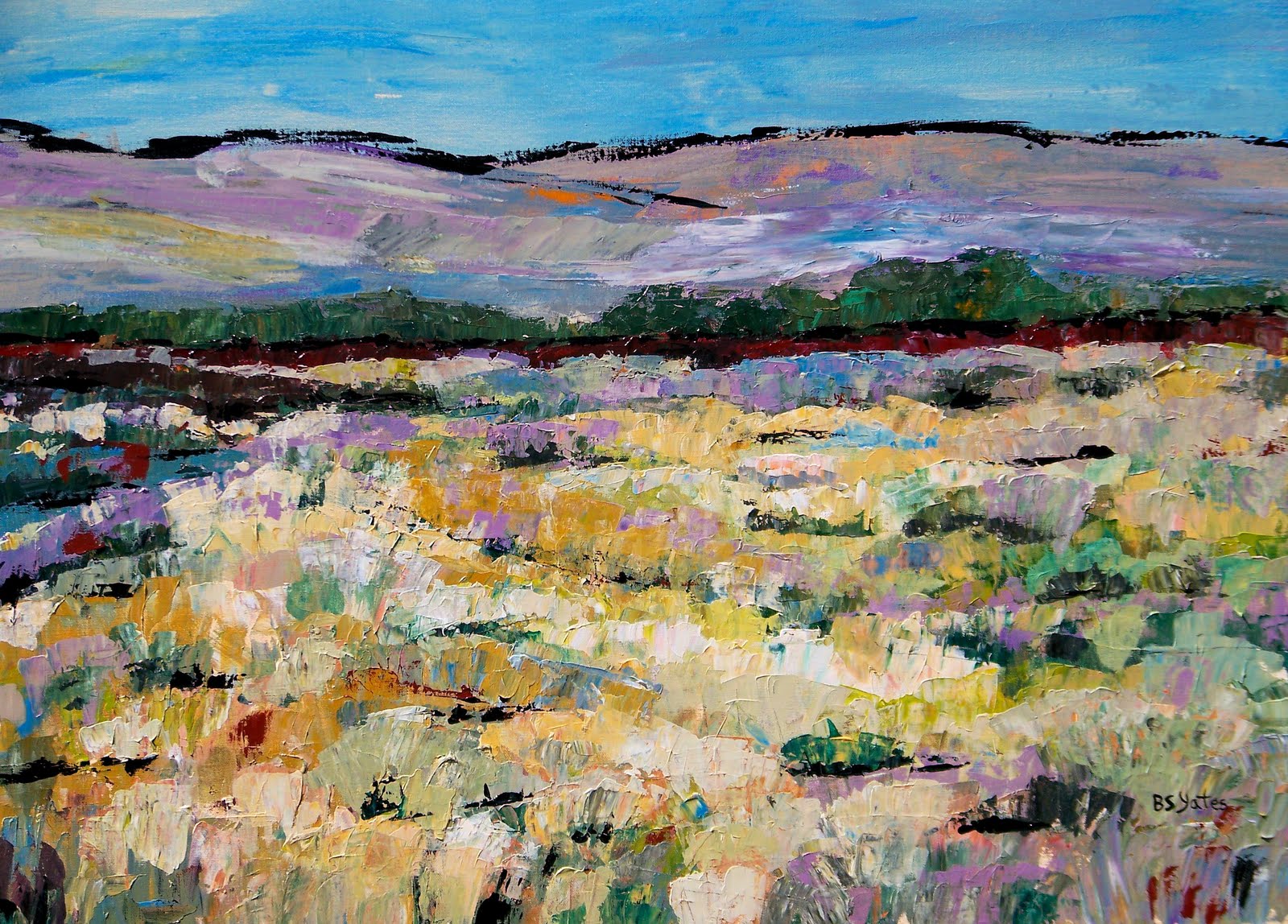
Over the course of this great era a number of important painters appeared, from which three are very well known until nowadays. This era was known as the “Great Age of Chinese Landscape”.

Later on, during the Song Dynasty (960-1279) was when the landscape painting era flourished, this style was finally recognized at the same level as poetry, achieving the highest levels of appreciation and acknowledgement for creators of this time. His most important piece is “The Waterfall”, in which he exhibits an expressionist nature, with taints of abstraction and few details, elements that would later be further developed and adopted as part of the general characteristics of landscape painting in China. He recreated textures through brush strokes and gouache. Wang Wei took landscape painting into another dimension and gave merit and recognition to Chinese landscape painting. In there he stated his intention of creating a truthful environment and an equilibrated composition through paint. Wei wrote a transcendental work that talked about landscape painting. Wang Wei, another key player, was a poet and painter.

Wu Daozi (680-760) and Wang Wei (701-761) were the most important artists of the Tang dynasty, however, no original pieces by them still exist, what is left of them are some copies which have an uncertain or dubious origin. Meanings like nature as a shelter from the day to day life of the educated man starting appearing in the most iconic artworks of the time. However, during the Tang Dynasty (618-907) it began to acquire its own identity and distinction from other forms of “brush art”. As Buddhism reigned on those years the central narratives revolved around the life of Siddharta and the depiction of divine scenarios. 220 C.E.) in which man was the central part of every work. Throughout its history the characteristics of this genre of art were influenced by not only the passing dynasties but also by the philosophies that ruled at the time, starting from Taoism through Buddhism and Neo-Confucianism.Īncient Chinese landscape painting began as a way to narrate stories and poems, the first evidence of this art dates back to the Han Dynasty (206 B.C.E. At the core of the meaning of this Chinese movement lies the infinite possibilities of the void, everything that exists and everything that doesn’t. Mountains were associated to the divine, as they reach to the skies, and along with clouds and fog, the scenarios would represent the void, a key concept in Chinese art (not exclusively on landscape painting).

“Water and mountain” were so central in this art form that a painter would be recognized as a masterful one if it was considered it was able to pause water, immovable while allowing mountains to flow and constantly move in the painting. This would allow to see not only who the creator was but look at the different hands that possessed the piece of art. In the same way that every owner of the painting would leave a stamp on the paper. Every artist would have a seal which he would print on the painting. An interesting element of Chinese paintings is that they are usually accompanied by a number of seals or stamps. As the painting is unrolled or developed and opened, other parts of the painting are close, making some of the elements appear and others disappear. One of the most interesting formats is that of rolled papers, which similarly to a film, uncover a story, and expose a visual narrative.

Every format allows for a different way of observation and interpretation. Unlike European art, paintings in China are elaborated for private contemplation, a very intimate approach that allows for the spirit and inspiration of whoever possessed the piece. The technique is similar to that of watercolour since it does not allow retouching the painting, this art requires high skills and a fast-paced movement. The brush becomes the extension of the arm and hand of the artist it is the object transmitting and embodying the creator’s expressive nature. In fact, many landscape paintings are not actually based on existing landscapes but are an imaginary composition of every artist, an abstract idea of inspiration captured in a unique way. The stroke is the amalgamation of the artists’ essence and vision, unlike many artistic movements, the search for meaning through a faithful mimetic representation of reality is left behind. The objective and main point of these sort of paintings does not lay on colour, but on the strokes. Generally speaking painting in China traditionally is monochromatic, using black ink on raw or white paper. Traditional painting in this country is not considered as an independent form of art, but it is part of the “brush art” which included poetry, calligraphy and painting in one single discipline, in that order of importance, and it is generally taught and mastered by scholars of this tradition.


 0 kommentar(er)
0 kommentar(er)
